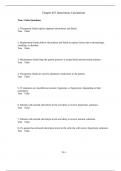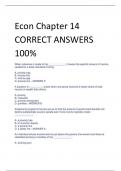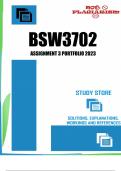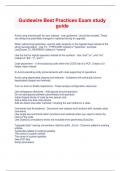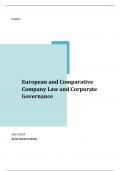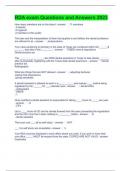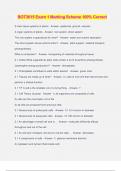Samenvatting
Summary Student Diversity (PAMAOWL07)
- Instelling
- Rijksuniversiteit Groningen (RuG)
Summary off all articles Student Diversity A part: Phonological processing and word reading in typically developing and learning disabled children: seriousness is important. The association between morphological awareness and literacy among English-speaking students from different language b...
[Meer zien]







